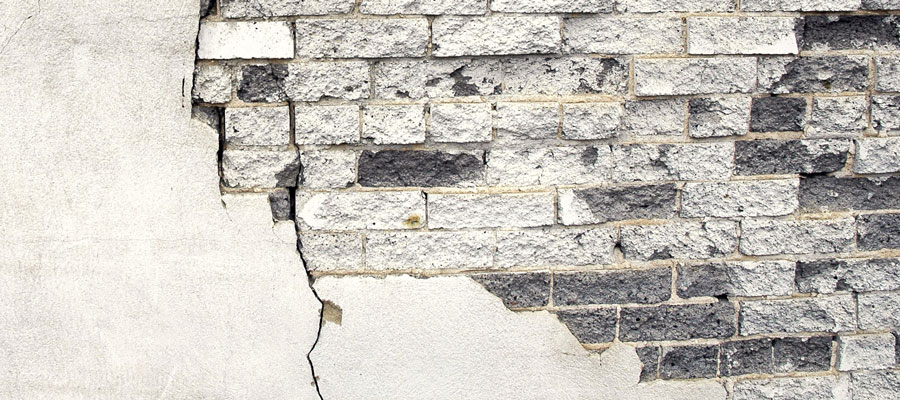In Edinburgh, the public private partnership walls are falling. Seriously. Walls are falling.

If 17 schools were closed in Vancouver, or Edmonton or Regina, because parts of them were at risk of falling down and injuring children, do you think it might raise some questions about the way the schools were built?
That is exactly what is happening in Edinburgh, Scotland. It all began in January 2016 when a wall of a primary school collapsed during a storm. The school was temporarily reopened but shut down again in March as part of a growing number of schools with similar problems. By April, 17 Edinburgh schools had been closed for safety reasons with thousands of students needing to be relocated for their studies.
Other than safety hazards, the schools had something else in common. As the Guardian reports, “three schools were only partly refurbished under the PFI contract, but the majority of the 10 primary schools, five secondaries and two additional needs schools affected were totally rebuilt by the PFI firm Edinburgh Schools Partnership.” PFI is the United Kingdom term for public private partnerships (P3s).
The UK led the world in the development of P3s. When British Columbia wanted to develop a model for its P3s it brought in British consultants to help them. Under the UK P3 model, and the model in much of Canada, private companies design, build, finance and operate public infrastructure in contracts that last for decades.
The man in charge of Edinburgh schools at the time the 17 schools were built or modernized in the 1990s told the BBC they had been given no choice other than public private partnerships for the schools. But he defended the P3 process saying that the problem lay with construction, not P3s. Among the construction problems he identified were the culture of using subcontractors and “how the construction industry operates at a deeper level.” The BBC also reported that:
It emerged last week that the contractor – not the council – signed off the completed buildings, although industry experts say such arrangements are now commonplace. However, some claim that, in general, this system of self-certification may be open to the risk of abuse.
This is not the first time issues have been raised about P3s in Scotland. The Financial Times quotes Malcolm Fraser, an architect who resigned from an advisory panel to the Scottish government in 2007 because of concerns about the use of private finance, as saying, “Everyone realized that these buildings were shoddy,” and “financially they were expensive, they were unbelievably expensive.”
Theoretically, with a P3 the private contractor should pay for these failings. This may or may not work out. Edinburgh Council is preparing for a vigorous legal battle according to the Guardian.
In Canada Alberta was the first province to have a P3 school program. Saskatchewan’s Premier Wall says he intends to implement the school P3 program there as well.
It is interesting that in BC, perhaps Canada’s biggest P3 booster among the provinces, the government rejected a broad P3 school program. Some high schools have been built with the more limited Design/Build model which is not recognized by everyone as a public private partnership.
The UK was among the first countries in the world to invest heavily in public private partnerships. They have also been among the first to raise questions. When a coalition government replaced the Labour Party as government in the UK it took action to claw back some of the profits considered unreasonable. To date, in Canada, none of the provinces have been willing to take a more critical look at the whole P3 program despite a growing number of provincial auditors raising questions.
Perhaps before we get serious, walls will need to begin falling.
Topics: Municipalities, Privatization, P3s & public services, Transparency & accountability


